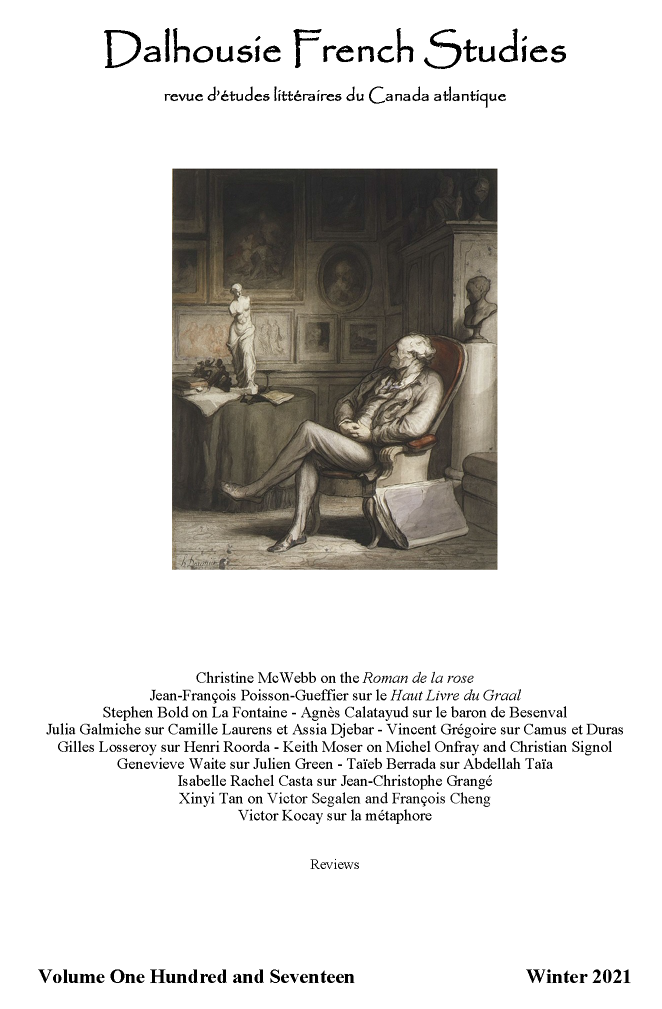The Afterlife of the Roman de la rose
Abstract
Mobility in learned circles was a reality in the Europe of the Middle Ages, and it is only when we consider the reception of well-known works, such as the thirteenth-century Roman de la rose, in the countries where they circulated in the local language that we are able to gain a more complete understanding of their impact on literary and cultural currents even after the authors had passed away. Guillaume de Lorris and Jean de Meun‘s conjoined Roman de la rose (1236, 1269-78) is without a doubt one of the foundational works of French medieval literature with over 360 extant manuscripts. Focusing on two non-French adaptations of this work that appeared within a century of the date of its composition, I show that these translations, or more accurately rewritings, enabled its survival and contributed to its sustained popularity in medieval Europe. The adaptations that are the subject of this analysis are Il Fiore, a thirteenth-century translation and adaptation into Italian often attributed to Dante, and the Romaunt of the Rose, commonly attributed to Geoffrey Chaucer. I conclude that through the medieval practice of interpretatio, the authors of the Fiore, and the Romaunt of the Rose adapt the original text to reflect their own contemporary cultural realities.
La mobilité dans les cercles savants dans l‘Europe médiévale fut une réalité et c‘est à travers la réception des oeuvres populaires dans les pays où elles circulaient dans la langue locale, tel le Roman de la rose composé au treizième siècle, que nous sommes en mesure de gagner une compréhension plus complète de leur impact sur les courants littéraires et culturels même après le décès de leurs auteurs. Le Roman de la rose de Guillaume de Lorris et de Jean de Meun (1236, 1269-78) est sans aucun doute l‘une des oeuvres fondamentales de la littérature médiévale française avec plus de 360 manuscrits qui existent encore. En me penchant sur deux adaptations non-françaises parues dans les premiers 100 ans après la composition de cette oeuvre, je montre que ces traductions, ou plutôt ces remaniements ont rendu possible sa survie et ont contribué à sa popularité continue dans l‘Europe médiévale. Il s‘agit des adaptations Il Fiore, une traduction en italien et une adaptation du treizième siècle souvent attribué à Dante et le Romaunt of the Rose, communément attribué à Geoffrey Chaucer. Je conclus que les auteurs de ces deux adaptations réussissent par la pratique de l‘interprétation à adapter le texte original pour refléter leurs propres réalités culturelles contemporaines.


